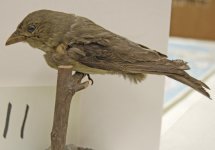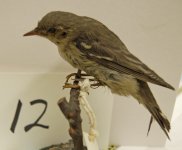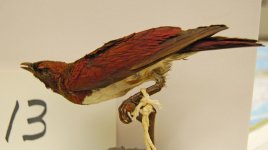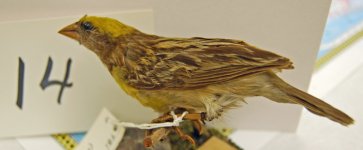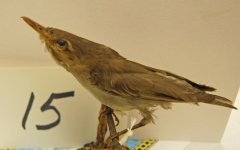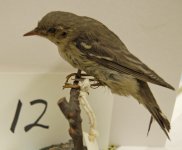Here are another 5 specimens (3 left of 18 total) that need to be confirmed. My day unexpectedly got very busy and I have not had time to review previous comments, but I will later or tomorrow, and answer any questions that I can (most of these do not have any data) and also reply as to color or size questions due to poor photos or condition of the mounts (mostly 90 years-old + and poorly stored until now).
Thanks.
Thanks.




